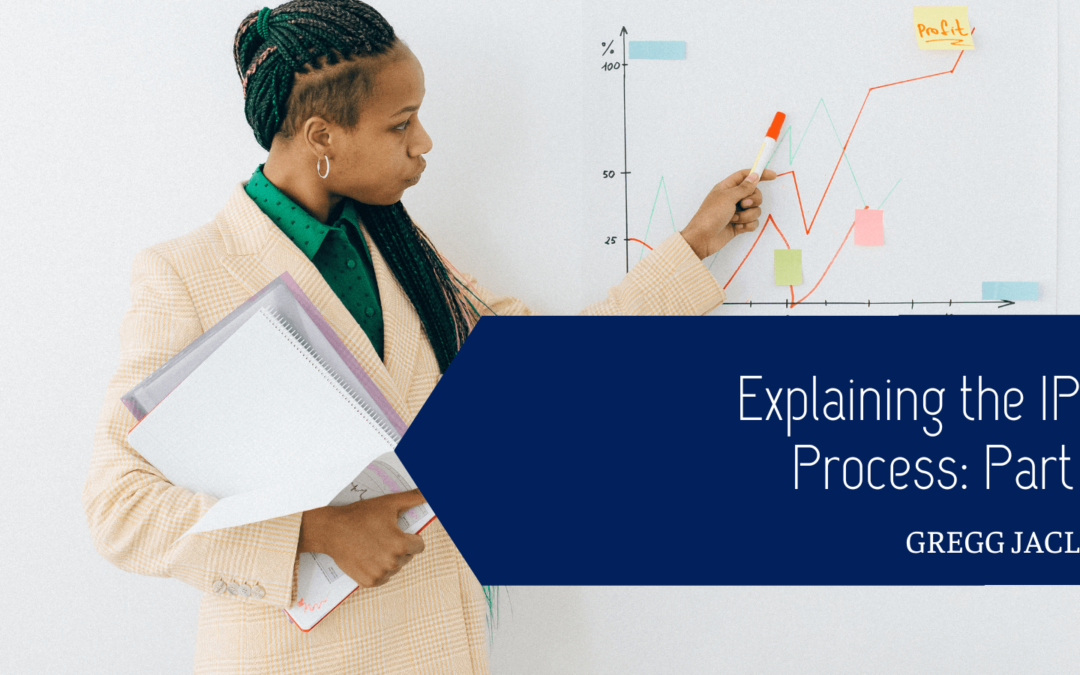In this article, we’ll continue exploring the process of taking your business public with an IPO.
Go Through SEC Review and Launch Roadshow
The Securities and Exchange Commission (SEC) will then review the documents the company has submitted for the registration of its IPO. After the papers have been reviewed, the company’s underwriting team will start preparing the roadshow, a marketing strategy aiming to gather information about the company’s investors. This step allows the banks to set the stock price and the number of shares the company will offer.
Determine Final IPO Price
After the company’s road show, the management team will meet with the bankers to set the final IPO price. This step allows the banks to specify the stock price and the number of shares the company will offer. Many investors and analysts ask about the multiple valuation models used in the IPO process. However, the short answer is that these models don’t exist. The company’s value is determined using a DCF model and multiples from its competitors in an IPO process. However, you can also build a model that shows how the company’s capital structure changes following an initial public offering.
Launch the IPO
Once the SEC approves the company, the next step is to launch the IPO. Usually, the company or the banks will announce the details of the IPO before the start of the market. This step allows the investors to get a good idea of the company’s financial condition and the stock’s expected price.
Wait for Stabilization
During the 25 days following the initial public offering, the underwriter can take various steps to stabilize the stock price. This step can be carried out during the quiet period, which is the period when the market is closed. The bank can make stock trades during this period to influence the company’s share price. During this period, the SEC can also temporarily suspend its rules against price manipulation. However, these rules apply to investors who bought the company’s shares before it went public. One of the most important rules that the agency enforces is the lock-up period, which prevents the investors from selling their shares within a set period following the company’s IPO.
Move to Market Competition
After the initial 25 days following an IPO, the bankers and other financial professionals take their hands off the wheel. Instead of focusing on the details of the offering, the investors’ attention is now on the market.

